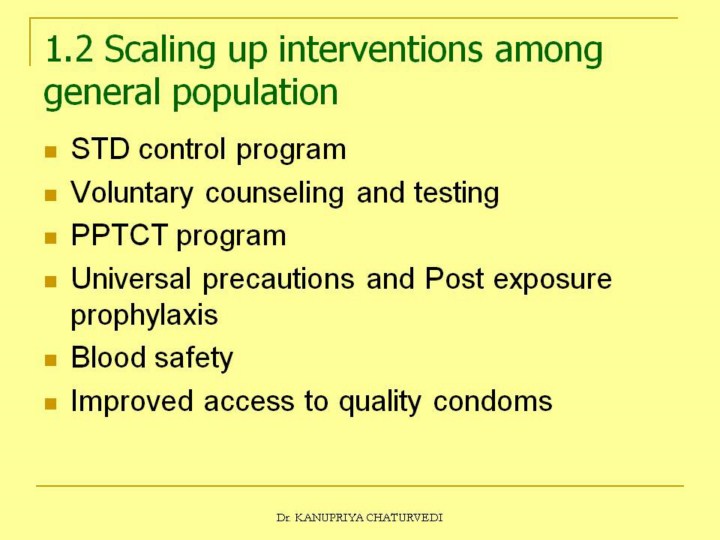| front |1 |2 |3 |4 |5 |6 |7 |8 |9 |10 |11 |12 |13 |14 |15 |16 |17 |18 |19 |20 |21 |22 |23 |24 |25 |26 |27 |28 |29 |30 |31 |32 |33 |34 |35 |36 |37 |38 |39 |40 |41 |42 |review |
 |
Sexually transmitted diseases are one of the determinants of HIV transmission. An estimated five percent adult population affected by STDs, also has HIV infection. HIV vulnerability from STDs is furthermore increased as access to treatment or medical care for these diseases is very low, especially among the high risk groups. Limited diagnostic facilities to manage complicated STDs and drug resistance to major STDs are the other issues of concern that NACP-III addresses. Access to safe blood is mandated by law, and is the primary responsibility of NACO. The specific objective of the blood safety programme is to ensure reduction in the transfusion associated with HIV transmission to 0.5 percent, while making available safe and quality blood within one hour of requirement in a health facility. |